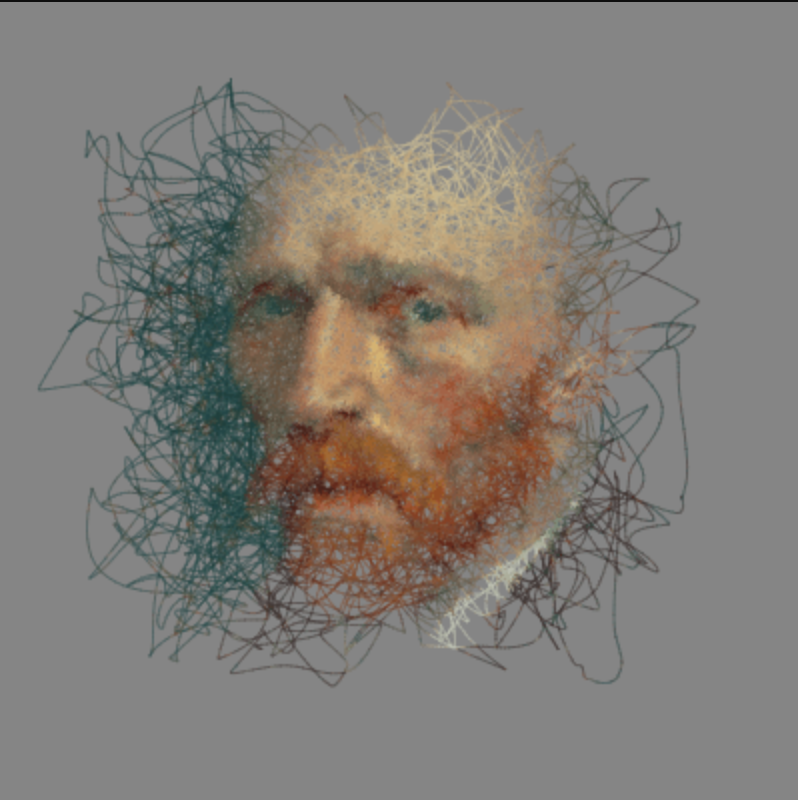Jae Son
Section C
Looking Outwards 06
I found Marius Watz’s “Abstract01.js” interesting. Using processing.js, he created this piece of computational art. I think it might be “pseudo-random” because of the composition. The composition/visual of the shape when mouse clicked is random yet has somewhat consistent shape. To make it complicated and random but organized at the same time, I think Watz has used probability distributions to bias randomness to get this kind of composition. I admire the randomness and organized system that coexist in this artwork. I like the interactivity of it, too. It draws the shape when I click the mouse, and I like how interactive input and randomness are both present in this artwork.
![[OLD FALL 2020] 15-104 • Introduction to Computing for Creative Practice](../../../../wp-content/uploads/2021/09/stop-banner.png)








